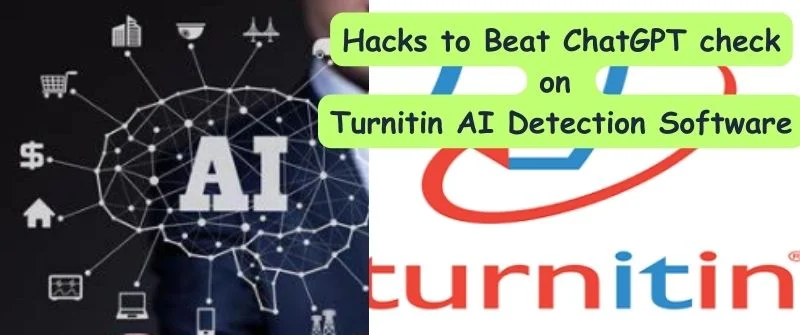Turnitin is an online plagiarism detection tool that checks for instances of plagiarism by comparing the submitted document with existing sources from its database. Turnitin primarily checks for verbatim plagiarism whereby it compares the submitted document’s text against the text of existing academic documents word-for-word.
Today, Artificial Intelligence (AI) has also been applied in writing whereby online AI writing tools such as ChatGPT can automatically generate written responses to questions and topics.
This has made it very easy for students to write their essays because they simply type in the topic and the AI writing tool generates a complete essay based on the instructions set.
How Turnitin AI Detection Works
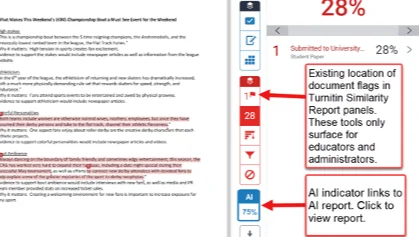
The technology behind Turnitin’s AI detection system Turnitin uses a combination of Natural Language Processing (NLP) and Artificial Intelligence (AI) methods to analyze and compare written material.
Though the particular details of the system used by Turnitin to detect AI content are not disclosed publicly, there are various technologies that it uses to detect AI. They include:
1. Text Comparison
The AI detection system used by Turnitin depends on text comparison algorithms to recognize the similarities between submitted documents and other sources from its database. The database sources include academic articles, papers, websites, and previously submitted papers from students.
When conducting comparisons, Turnitin employs a combination of string matching, fuzzy matching, and exact matching techniques to identify potential matches.
2. Machine Learning
Turnitin also utilizes machine learning algorithms to train or teach its AI models on a vast dataset of pre-existing files and their corresponding similarity scores. Such training allows the system to detect characteristics and patterns of plagiarized content. This enhances Turnitin’s ability to identify instances of possible plagiarism.
3. Natural Language Processing (NLP)
The techniques of NLP are used to analyze and understand the semantics of language and the semantic structure of text. This allows Turnitin’s system to employ methods like named entity recognition, part-of-speech tagging, semantic analysis, and syntactic parsing to gain more understanding of the submitted document and identify possible instances of plagiarism.
4. Document Metadata Analysis
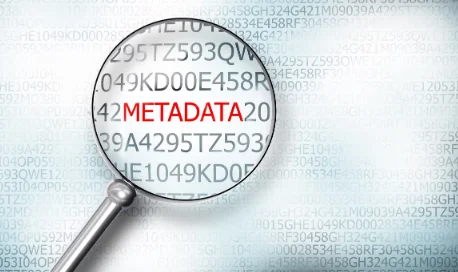
The AI system used by Turnitin also analyses the metadata associated with the submitted document such as publication date, authorship information, and source credibility to determine the possibility of plagiarism.
Through the comparison of metadata attributes, the system can flag suspicious patterns and inconsistencies that may suggest possible plagiarism.
5. Database Indexing and Categorization
Turnitin also utilizes advanced techniques of indexing and categorization to organize its large database of source documents. This ensures that the relevant sources are efficiently retrieved and compared to the submitted document during the plagiarism-checking process.
How Turnitin Uses Machine Learning Algorithms to Identify Plagiarism
Turnitin uses machine learning algorithms to identify plagiarism in various ways, including:
Training Data
Machine learning models utilized by Turnitin require extensive training on the use of large datasets of documents such as authentic academic articles, papers, and previously submitted documents from students. Such documents are assigned similarity scores that indicate their possible matches to other sources or level of originality.
Feature Extraction
Turnitin’s machine learning algorithms extract the most relevant features from the training dataset. The extracted features are mainly based on textual characteristics such as sentence structure, word frequency, semantic meaning, and syntactic patterns. Additionally, metadata such as document attributes and authorship information is also considered.
Model Training
Turnitin also employs other machine learning algorithms like decision trees, support vector machines, and neural networks to train its learning models. While in training, the algorithms learn to recognize relationships and patterns between the labeled similarity scores from the training data and the extracted features.
Similarity Score
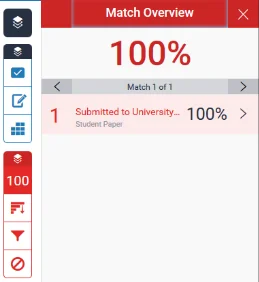
When the training process of machine learning models is completed, the models are used to evaluate the similarity between the submitted document and the existing documents within Turnitin’s database.
Threshold Determination
Turnitin sets precise similarity thresholds to determine what similarity levels should be considered indicative of plagiarism.
Such thresholds tend to vary depending on factors like the specific assignment requirements or the institution’s guidelines and policies concerning plagiarism.
Plagiarism Detection
The machine learning models used by Turnitin compare the submitted paper against the sources available within the database to look for similarities. The models then assess the similarity scores and fag possible matches exceeding the predetermined threshold. Those are the matches you will see when Turnitin completes scanning your document.
The Accuracy and Effectiveness of Turnitin’s AI Detection Capabilities
The accuracy and effectiveness of the AI detection capabilities of Turnitin vary depending on various factors. Such factors include the sophistication of its algorithms, the comprehensiveness and quality of its database, and the nature of the document being analyzed.
Though Turnitin is very effective in detecting verbatim similarities, it is not as effective when it comes to content that has been manipulated or paraphrased.
Further, false positives (showing that the submitted document contains AI-generated content) and false negatives (indicating the absence of AI content when AI has been used to generate the content) may occur.
Ways to Bypass Turnitin AI Detection
1. Paraphrasing and Rewriting
One of the most effective ways of bypassing Turnitin’s AI detection is paraphrasing and rewriting the content that has been generated by AI writing tools such as ChatGPT. For example, if you have keyed in the topic of your paper to an AI writing tool and given it the parameters or instructions, it will automatically generate the content for you.
However, do not simply submit the AI-generated content without paraphrasing and rewriting it. This will help eliminate any text or content that is AI-generated and give it a human touch.
2. Hiring an Academic Ghostwriter

If you feel that writing an academic essay/paper is difficult for you, or you simply do not have enough time to do so, and you are tempted to use AI writing tools, it is better to seek academic assistance by hiring an academic ghostwriter.
Submitting an AI-generated paper will be flagged by Turnitin, and academic ghostwriters can help you deliver a plagiarism-free and AI-free paper that will guarantee a quality grade. Academic ghostwriters are individuals who work within the writing industry.
They have mastered their disciplines and have years of writing experience.
Because of this, they will custom write your paper as per the instructions and deliver a high-quality paper within the deadline at an affordable fee.
3. Modifying Sentence Structure and Word Order for Evasion
When you have decided to use AI to generate the contents of your document, it is also advisable to modify the sentence structure and word order to evade Turnitin’s AI detection. AI writing tools have a specific style or way of structuring their sentences that is different from human-generated content.
AI-generated sentence structure may sound unnatural when read out aloud and it tends to overuse technical jargon that human writers are likely to avoid to help their target audience understand the content better.
Therefore, when the content has been generated by AI writing tools, try modifying the sentence structure and word order for evasion.
4. Using Spinning Software and Tools
Spinning software can be regarded as an online tool that automatically generates alternative versions of the original text by replacing words, phrases, and/or sentences with their similar phrases or synonyms. Such software is used to create a different version of the original document to avoid plagiarism.
You only need to copy-paste or upload the original document to the spinning software and let it automatically generate the alternative version for you. However, the use of spinning software has raised a lot of ethical concerns in academic contexts because it is considered cheating.
Additionally, there are limitations and risks associated with its use.
First, the quality and readability of the content that has been produced by spinning software are low. It lacks readability and coherence because the process of spinning text results in awkward sentence structures, grammatical errors, and nonsensical phrases.
Secondly, despite spinning software aiming to produce unique content, it still results in plagiarism. This is because the flow and sentence structure of the original content will be retained due to synonyms.
Thirdly, spinning software may produce unreliable synonym replacements because it cannot accurately capture the intended context or meaning of the original text. Such variations may end up distorting the original message intended by the author. It may even convey a completely different meaning.
5. Changing the Format of the Document
You can also bypass Turnitin’s AI detection by changing the format of the document. This includes changing the document’s fonts, margins, and line spacing to confuse Turnitin’s AI. Also, you can alter the document’s headers, footers, and pagination to deter the AI detection tool from detecting any similarities or presence of AI content.
Additionally, a rather unscrupulous way of bypassing Turnitin’s AI detection is to hide the AI-generated content during plagiarism scans. This can be achieved by hiding text within images or using white font color to conceal content.
6. Adding Text and Filler Content
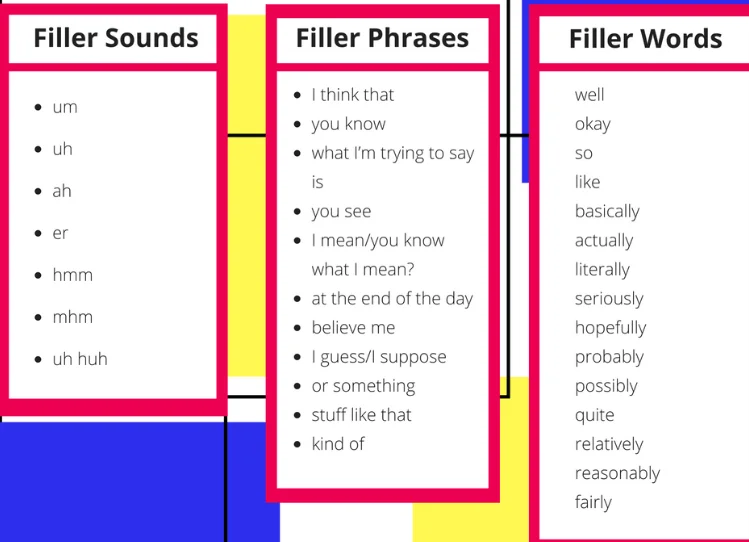
Turnitin’s AI detection can also be bypassed by adding text and filler content to confuse the algorithms.
This can be achieved by adding excessive fluff and irrelevant information to inflate word count. You may also incorporate lengthy quotes or extensive reference lists.
However, there are risks and ethical implications of using filler material. Even though you will have bypassed Turnitin’s AI detection, your instructor will still review your work for grading.
Since Turnitin is mainly used for submitting the final document for grading, when you add filler content to bypass AI detection, the document will the instructor will also receive the filler content.
They will penalize you for that because you will have plagiarized your work through AI and lied to your instructor by trying to cheat Turnitin.
7. Reusing Old Papers
You can also repurpose or reuse previously submitted papers to bypass Turnitin AI detection. This is achieved by rewriting the entire paper or paraphrasing it. However, there are dangers and consequences of submitting old papers.
As noted, the database that Turnitin compares the papers you submit with also contains previously submitted papers. This means that when you fail to rewrite or paraphrase the old paper, Turnitin will notice the similarity and flag it as plagiarized.
Additionally, if you submit a paper you had previously written without proper paraphrasing or rewriting, it will be flagged for self-plagiarism because the content is still unoriginal.
8. Modifying the Source Material and Citations
Turnitin’s AI detection can also be bypassed by altering cited sources to mislead Turnitin’s AI detection. This is achieved by manipulating in-text citations and bibliography entries. However, there are ethical concerns and academic consequences of citation manipulation.
This is cheating; the consequences can be poor grades, repeating the course, or suspension.
9. Using Translation to Hide Plagiarism
Finally, you can translate plagiarized content to a different language to evade AI detection. However, if you do not have the native competence of the language you are translating the AI-generated content into, there are risks of losing meaning and producing content that does not make sense.
The consequences of translation-based cheating are similar to other consequences of plagiarism such as failed grades, course repetition, and suspension.
Risks of Cheating Turnitin AI Detection

The academic penalties and disciplinary actions for caught cheaters include poor grades, repeating the course, or being suspended from the course or educational institution. The long-term consequences of cheating Turnitin’s AI detection include a damaged reputation as a student.
Your instructor and peers may still be suspicious even when you ethically write your paper from scratch and produce original content.
Additionally, it can mess with your future opportunities because you will have cultivated the behavior of getting unfair advantages over others.
The job market applauds and rewards ethical behavior, and you may find it difficult to navigate such an environment. Trying to cheat Turnitin’s AI detection tells a lot about an individual’s integrity. It shows that they cannot be trusted to complete tasks by themselves without cheating.
Conclusion
AI has made it easy for students to generate their papers effortlessly. This is considered cheating hence the reason Turnitin has an AI detection software flag papers with AI content. Turnitin uses a very sophisticated algorithm to detect the presence of AI-generated content in submitted papers.
Though there are various ways of bypassing AI detection, such as paraphrasing and rewriting, hiring academic ghostwriters, modifying the generated structure and content, and using language translation, it is advisable to uphold academic integrity by writing your papers from scratch to avoid plagiarism and AI detection.
